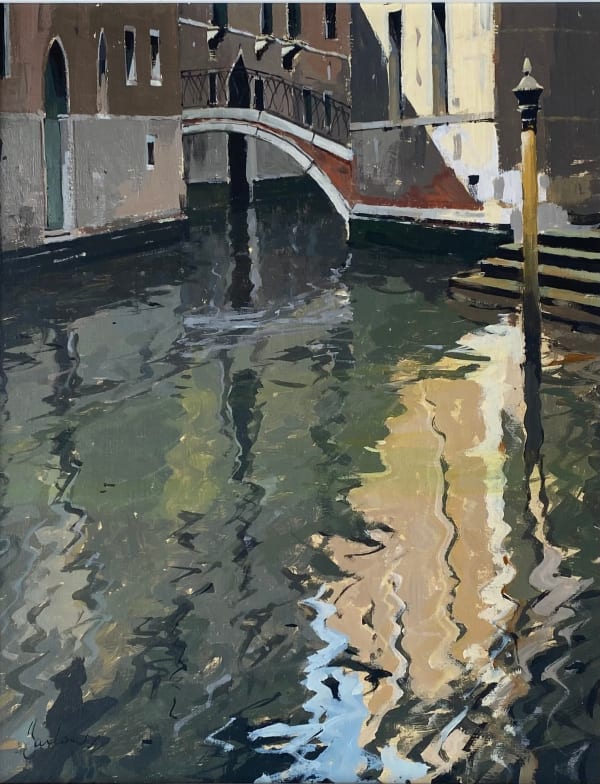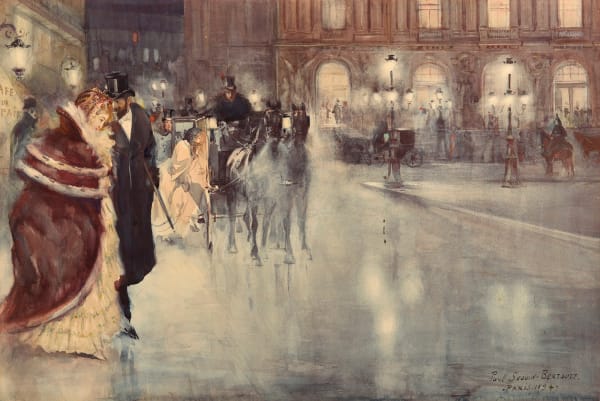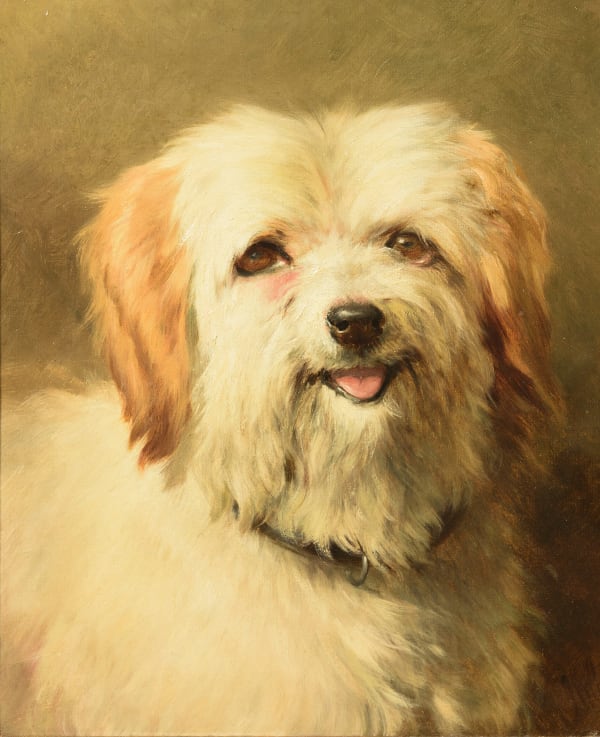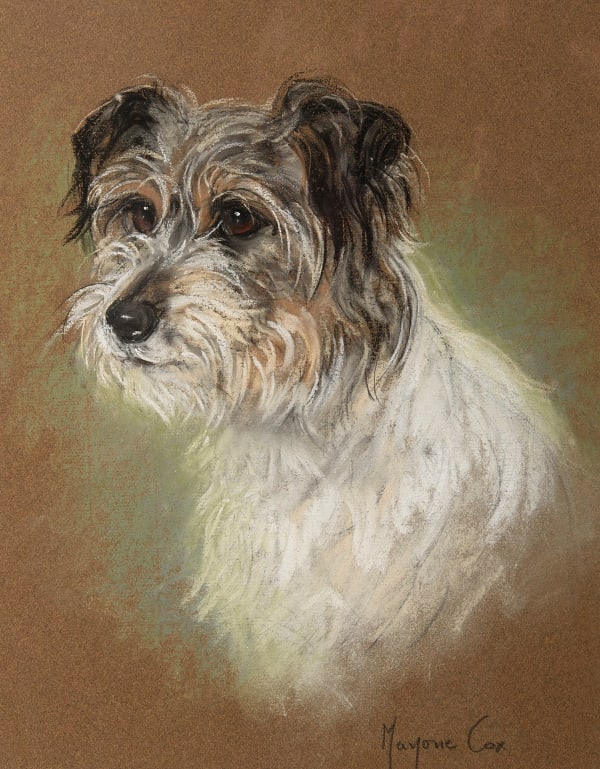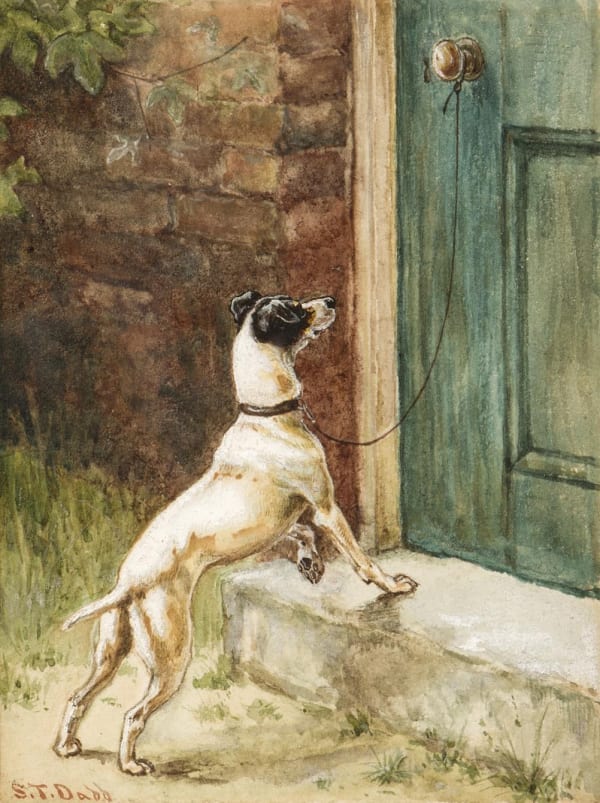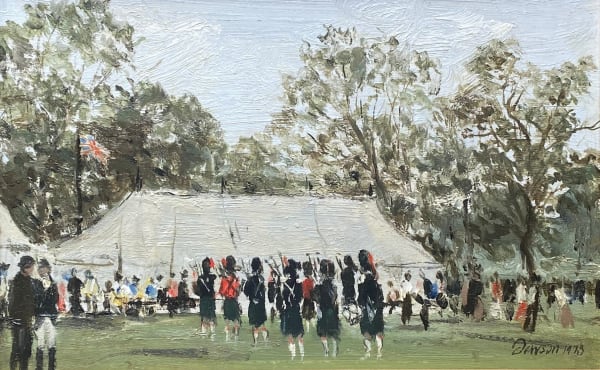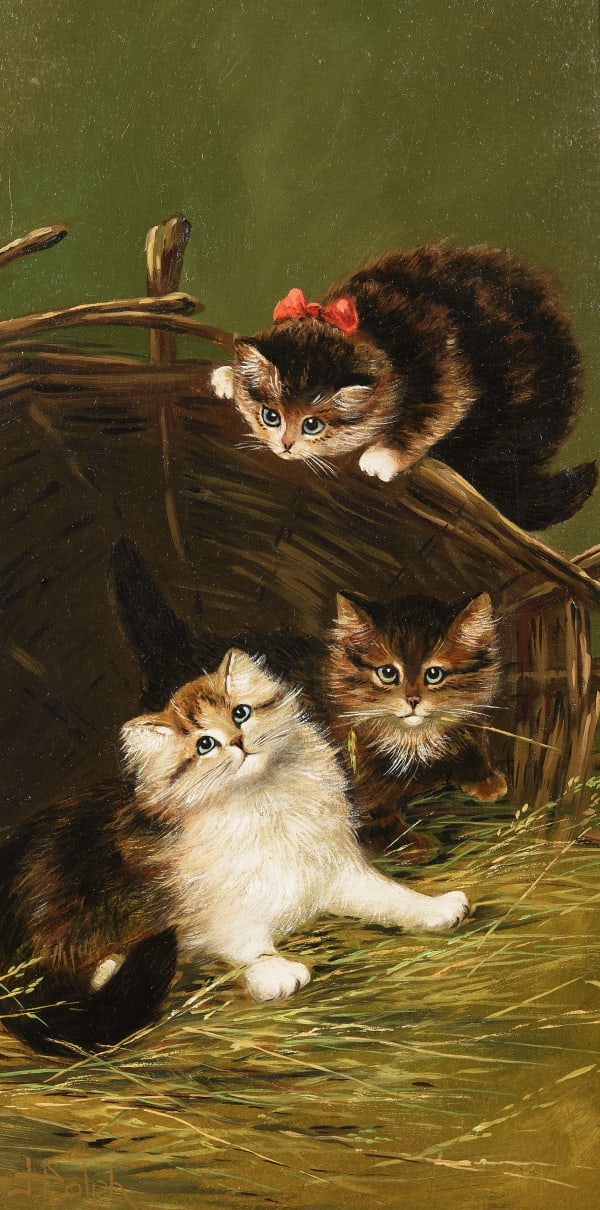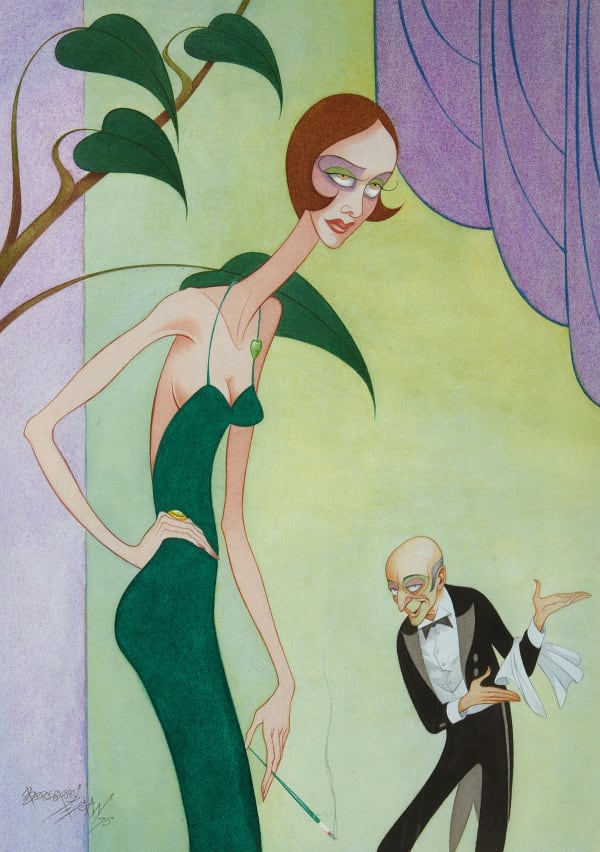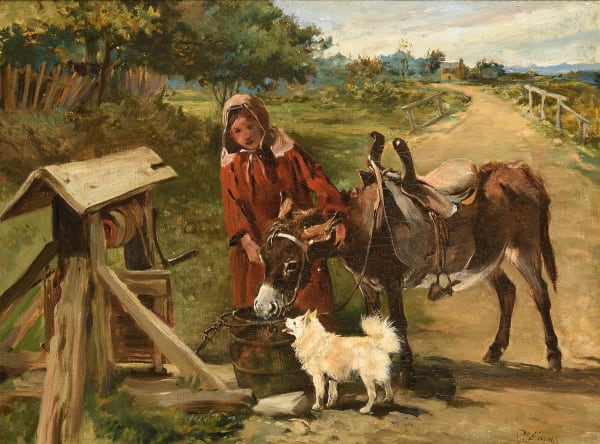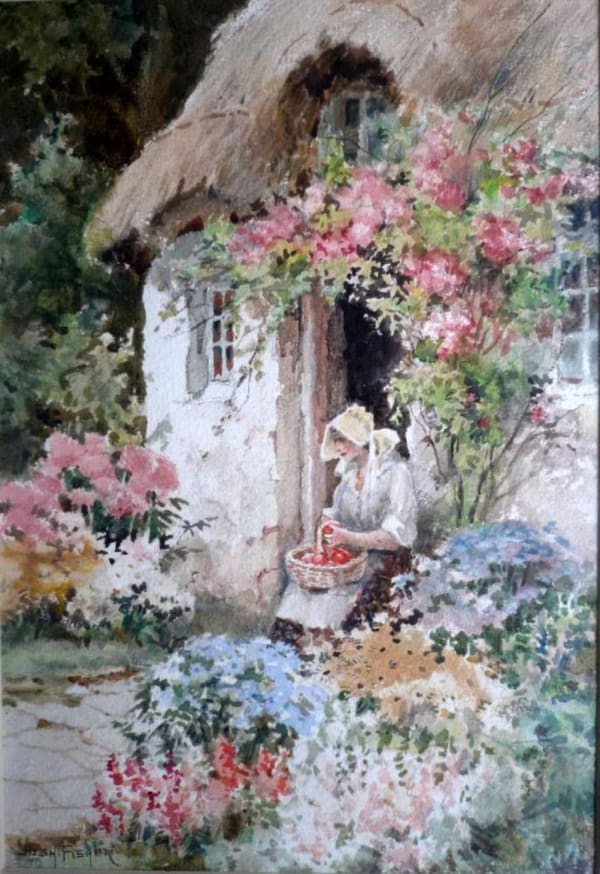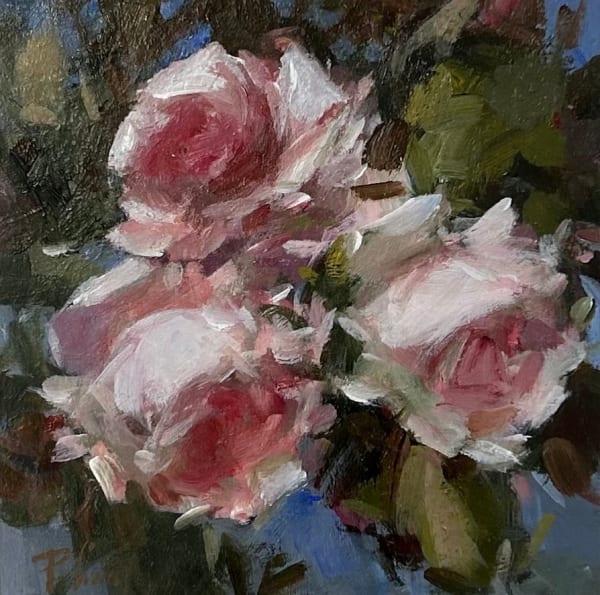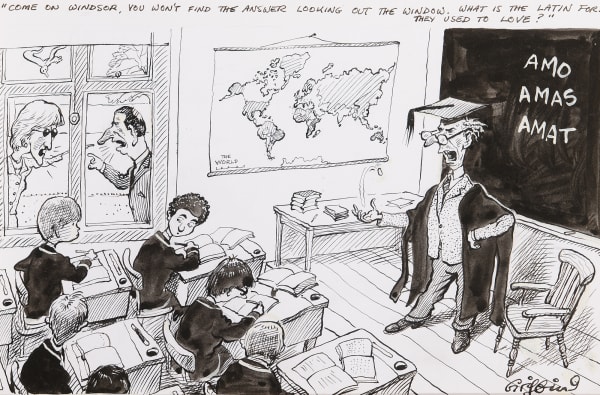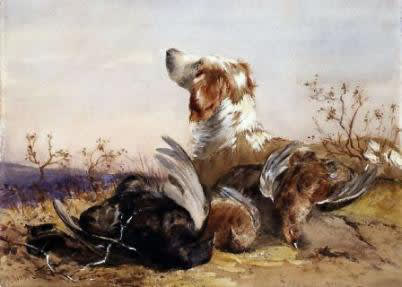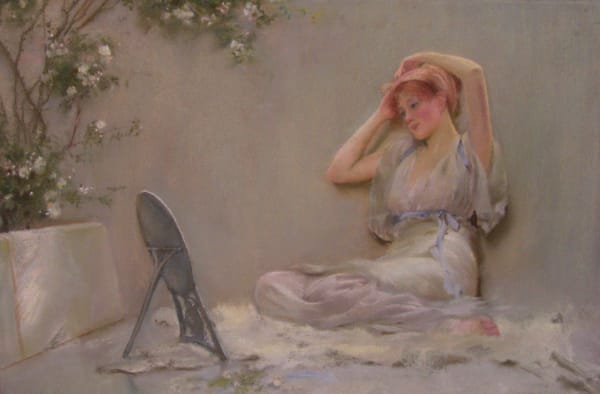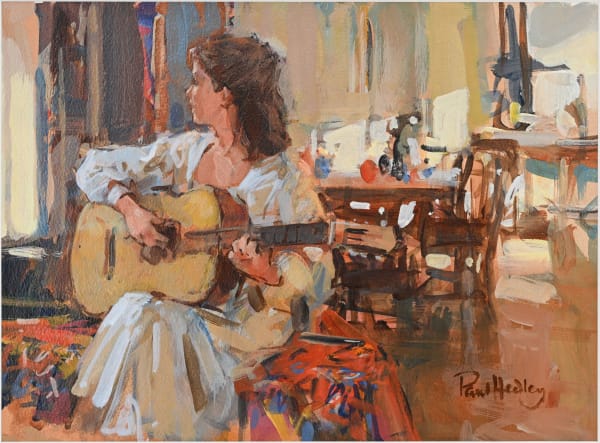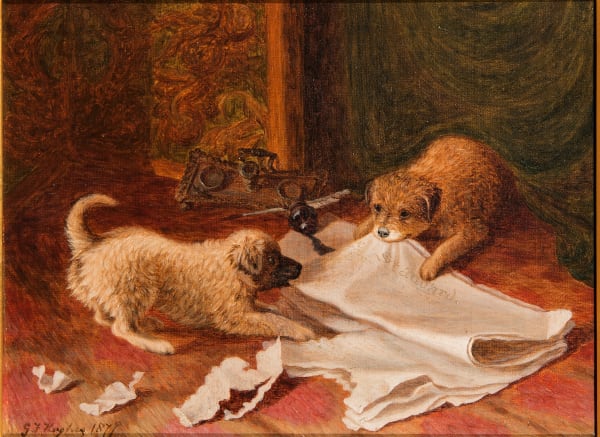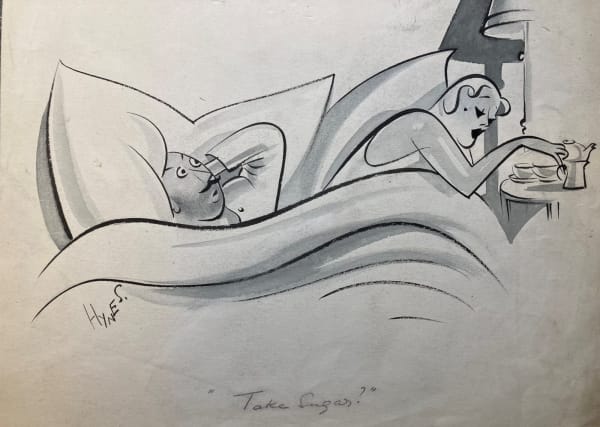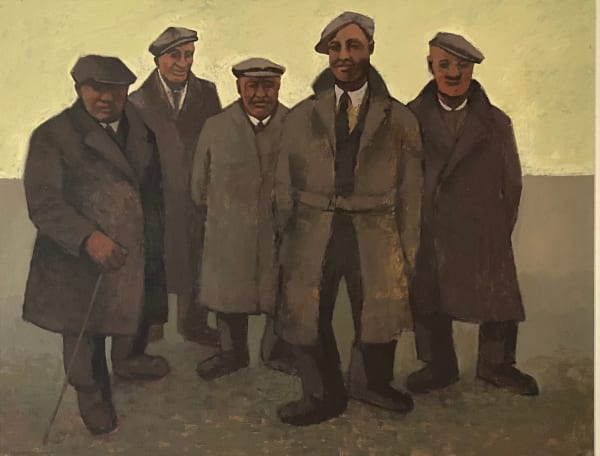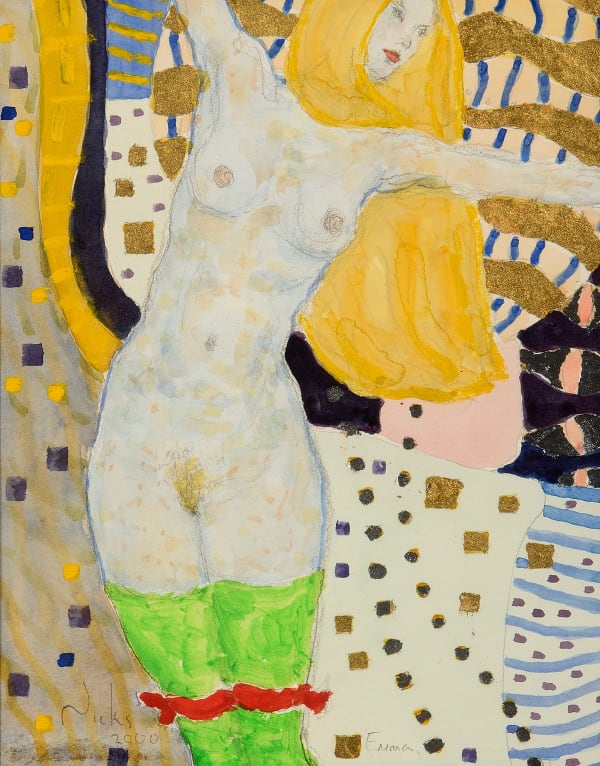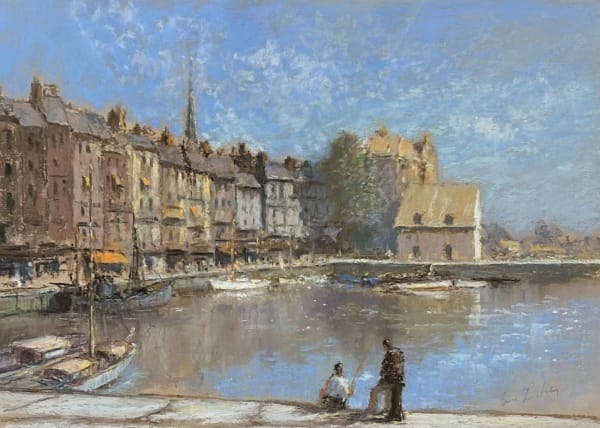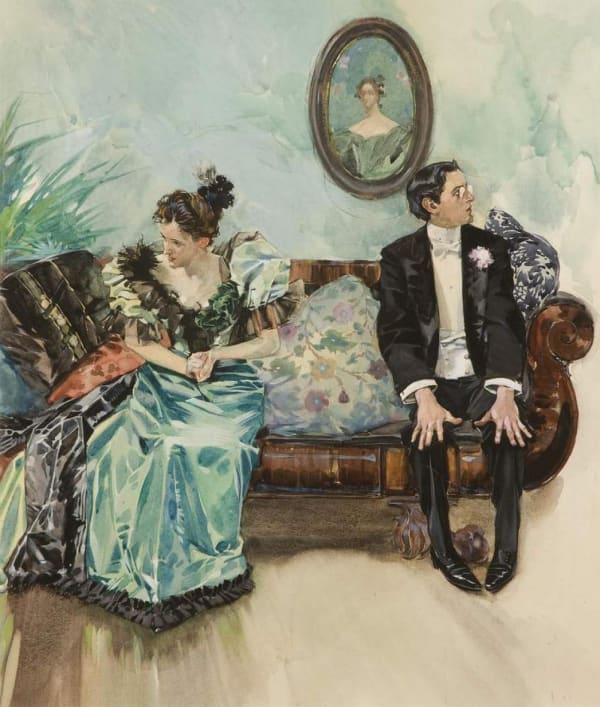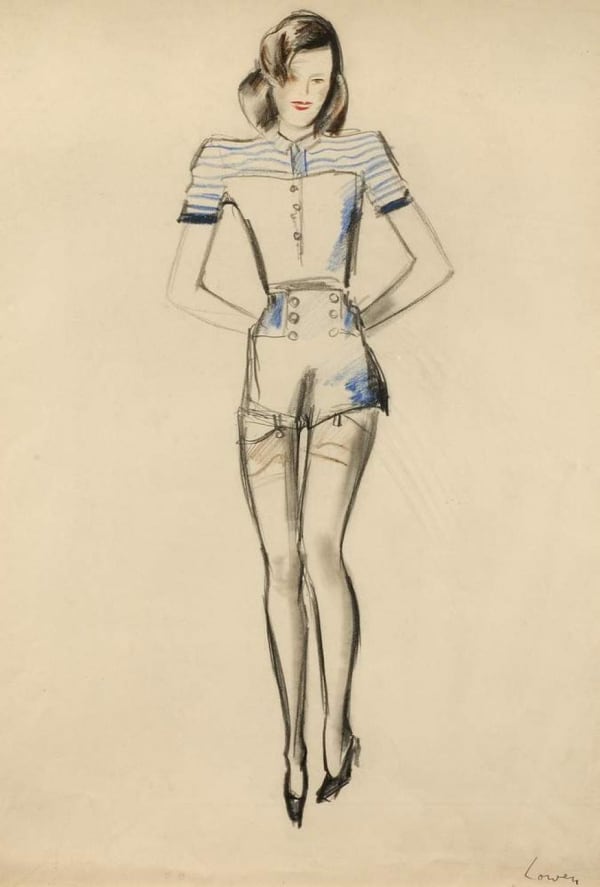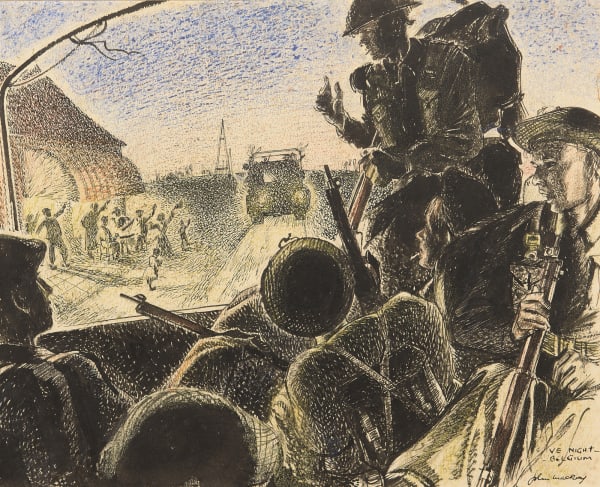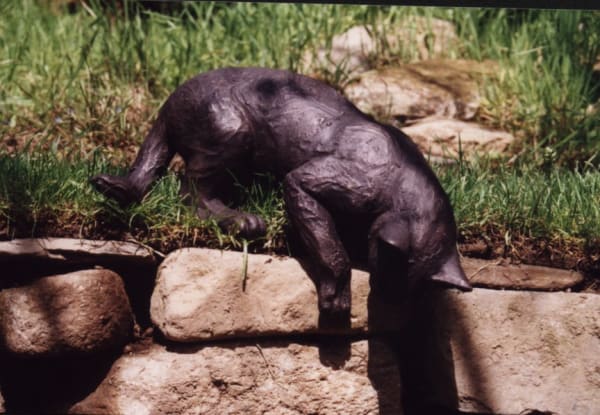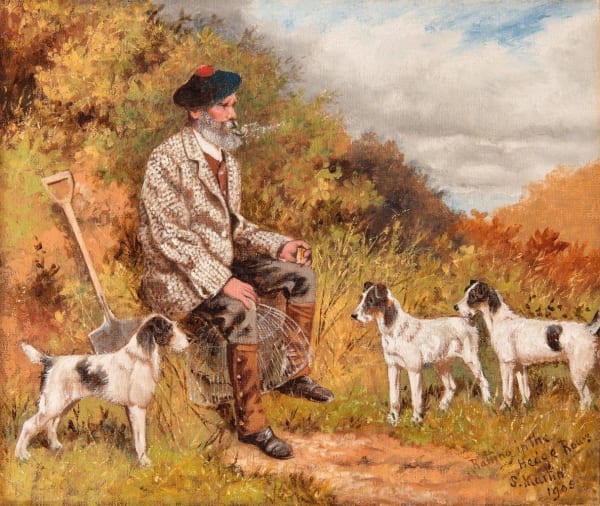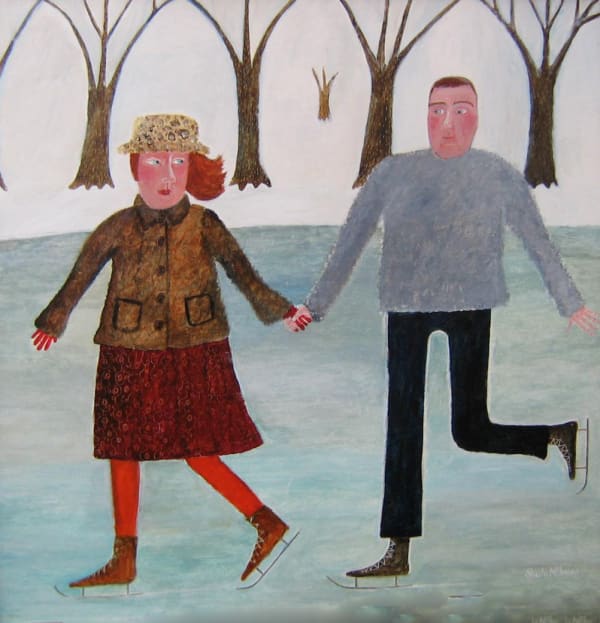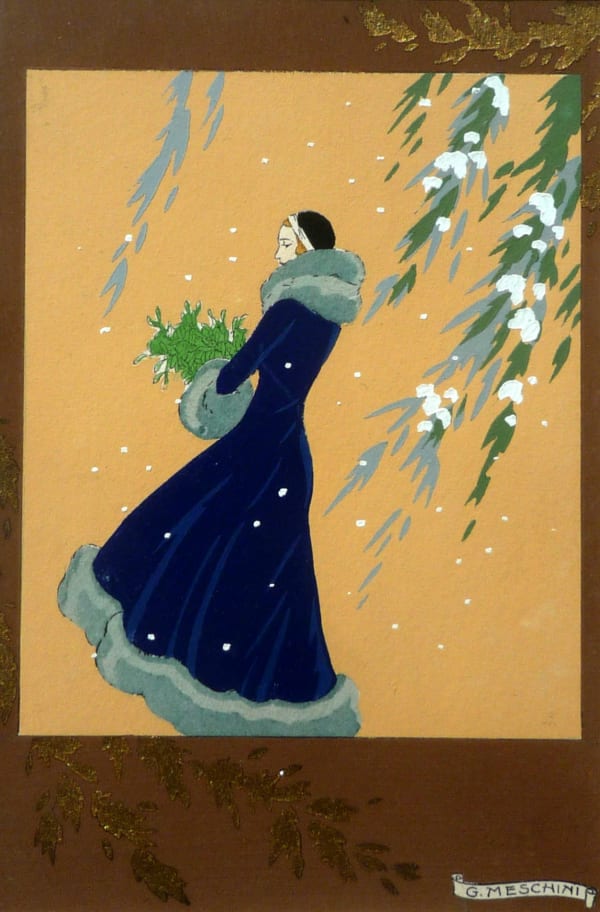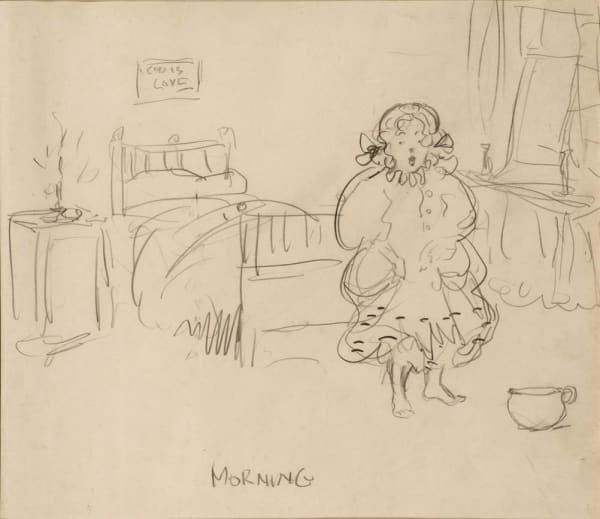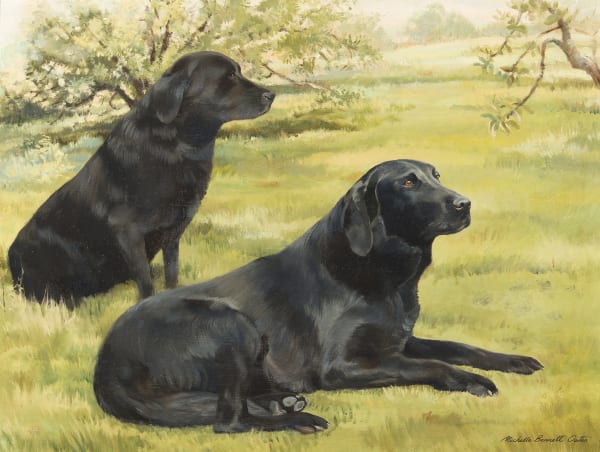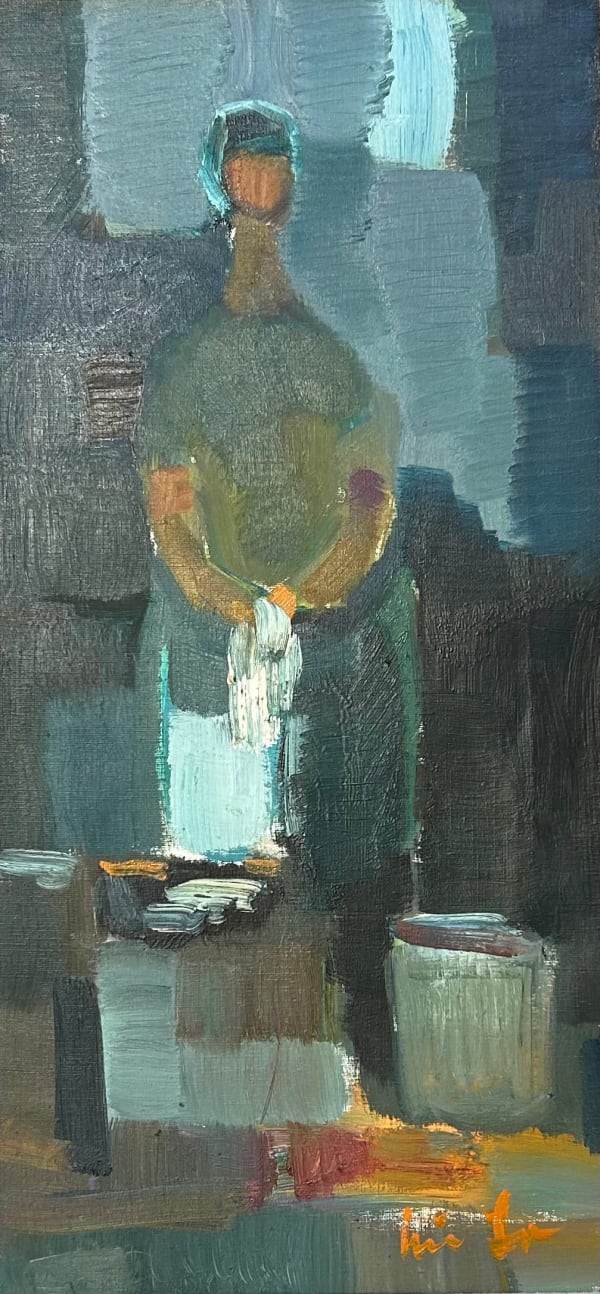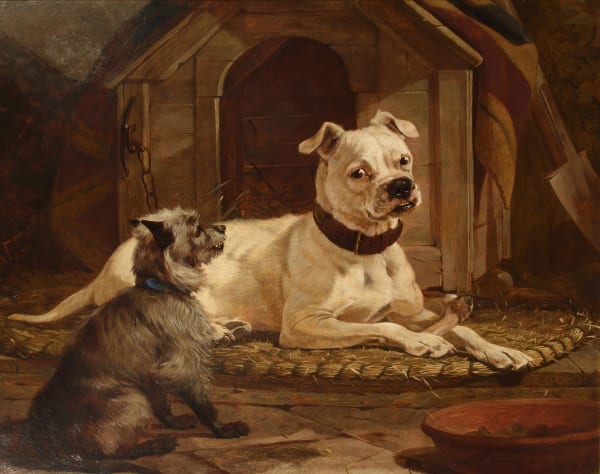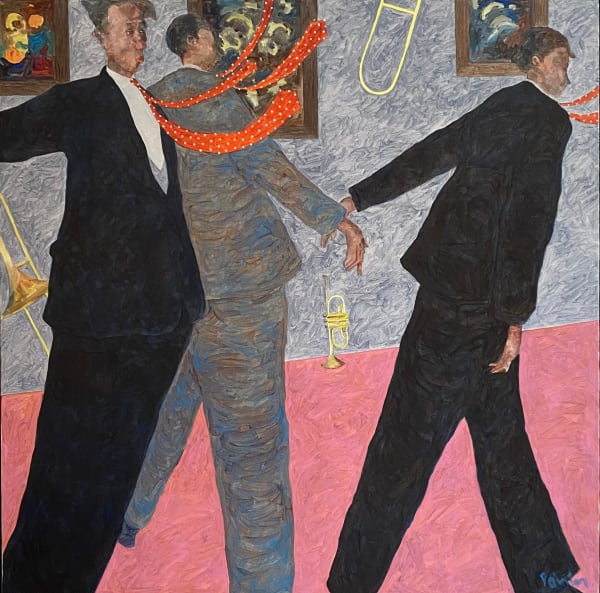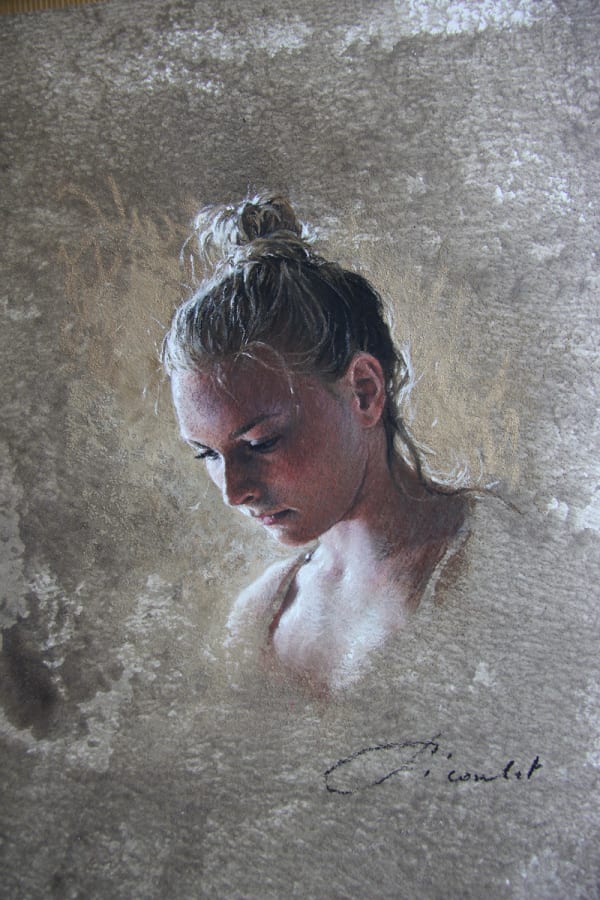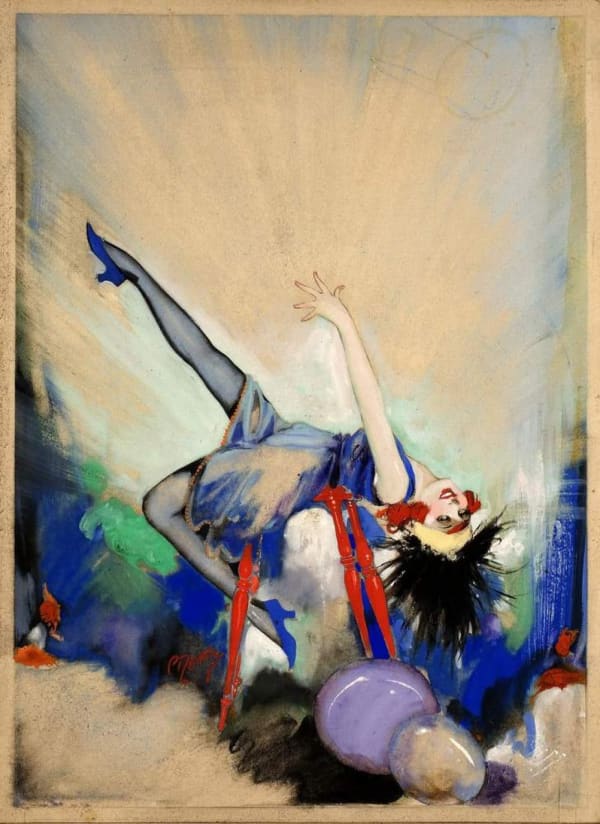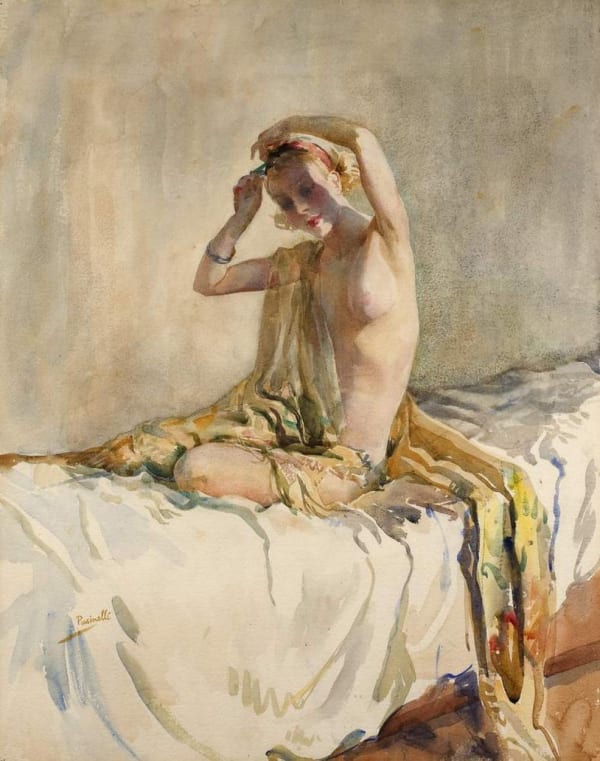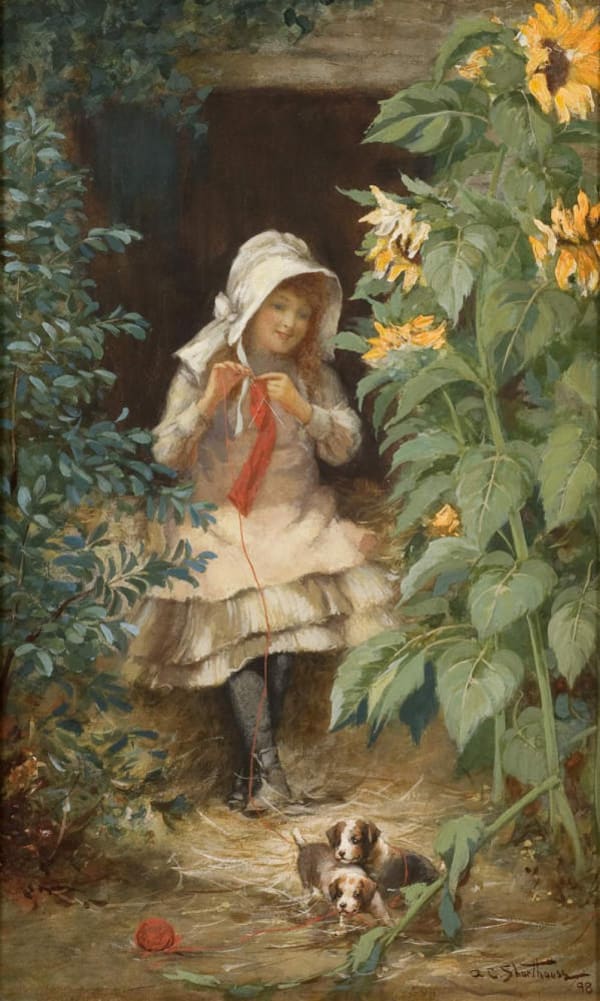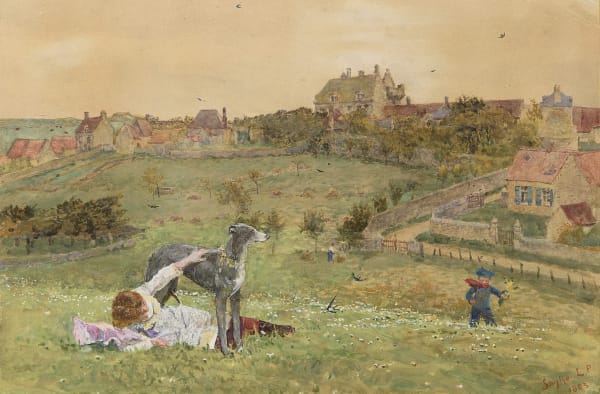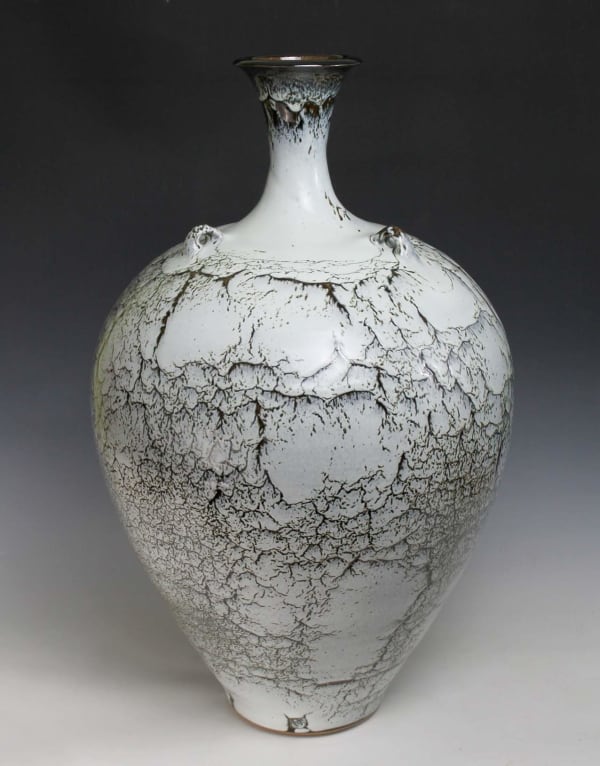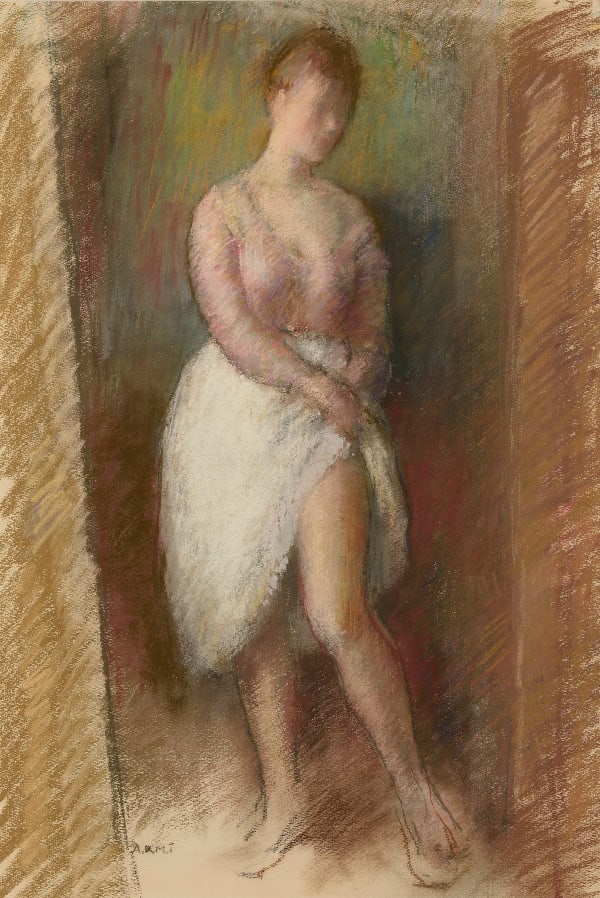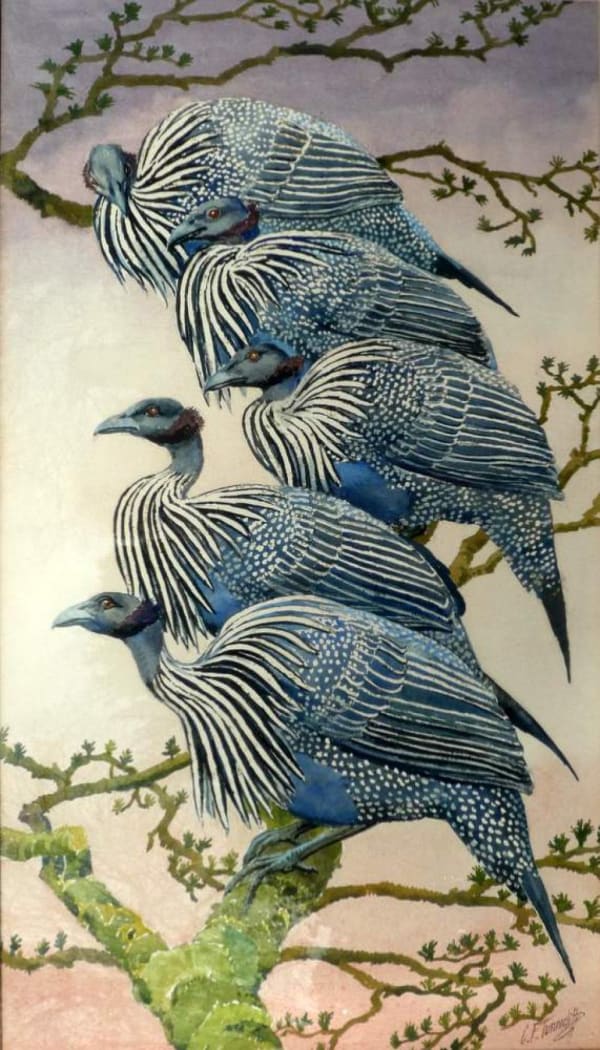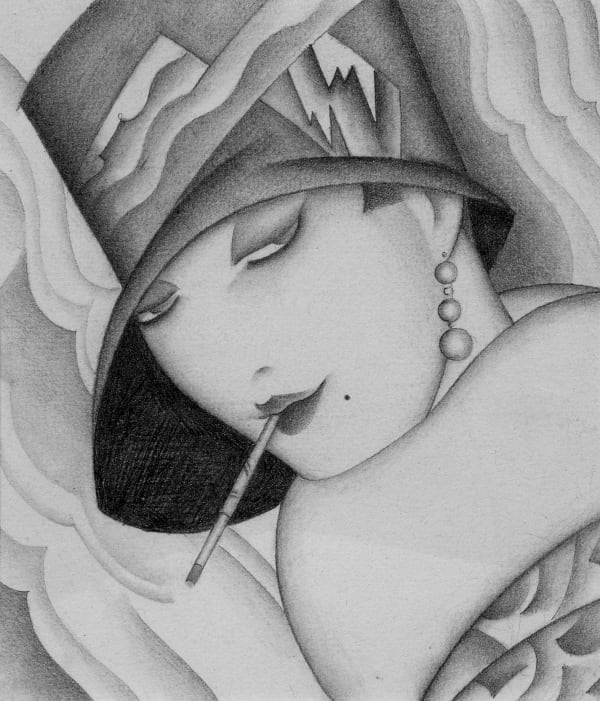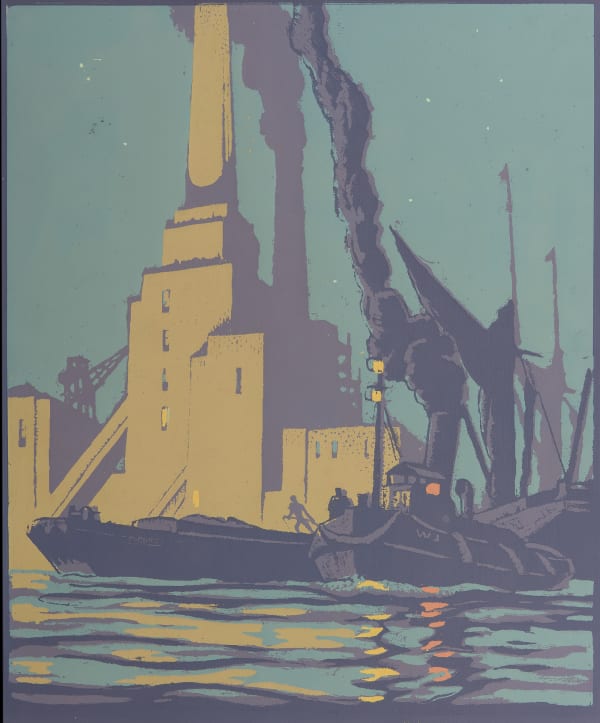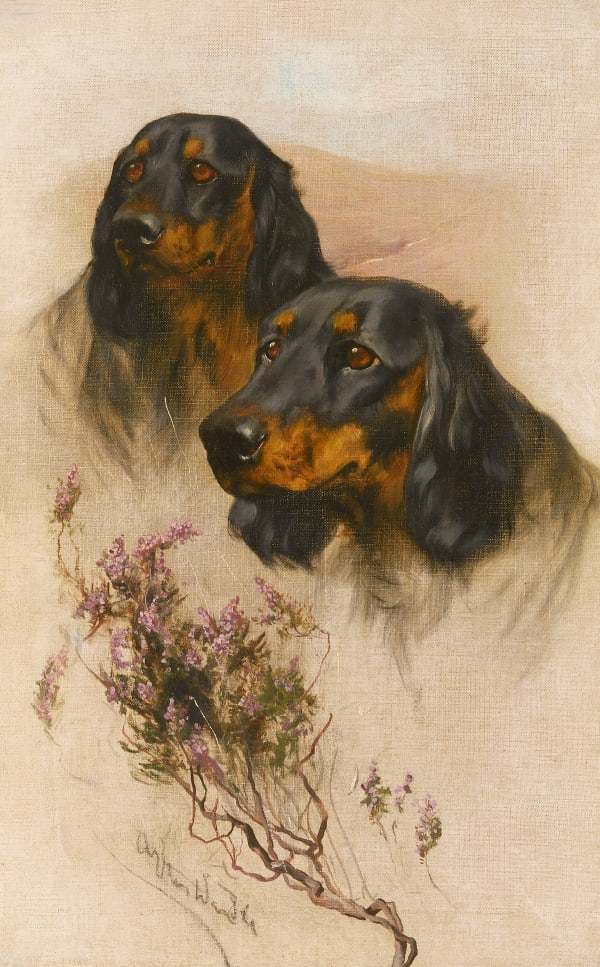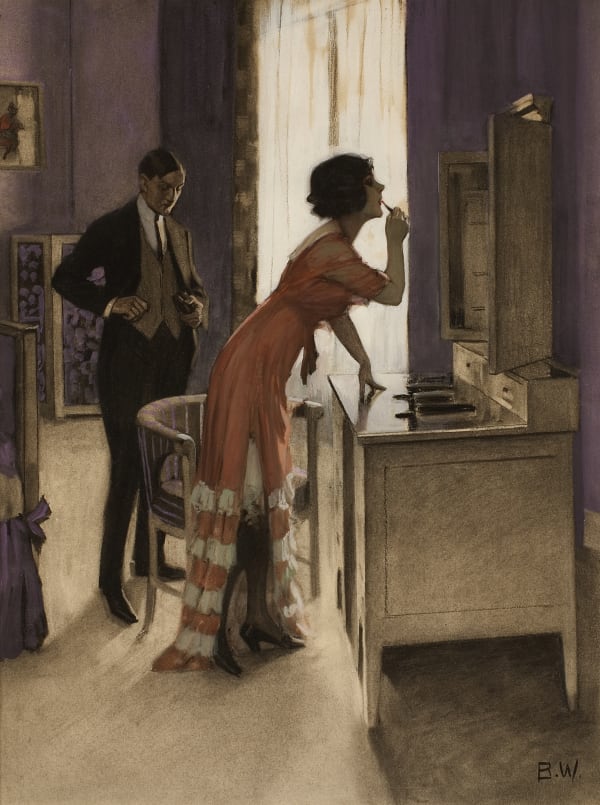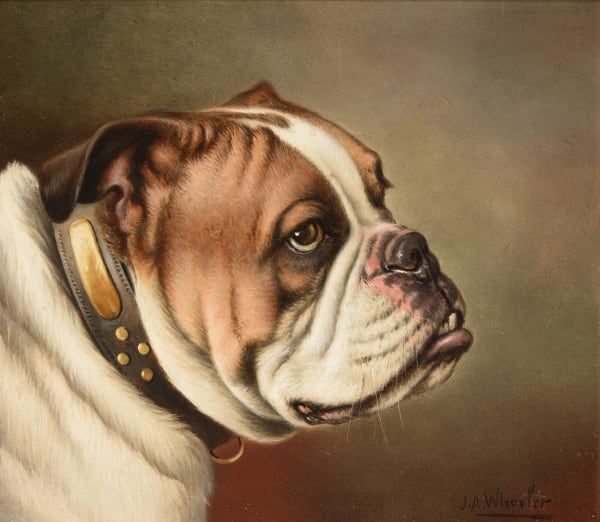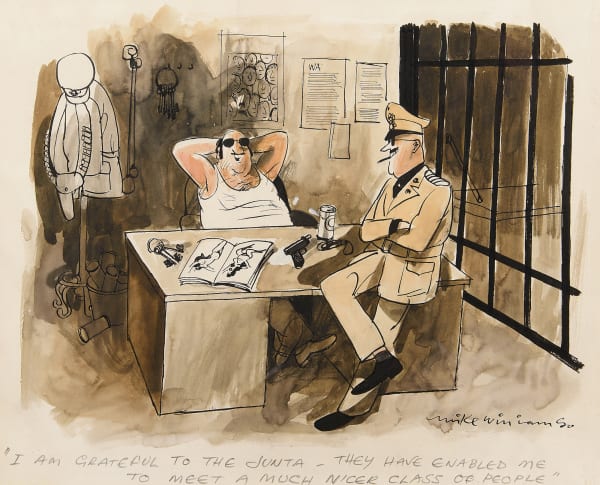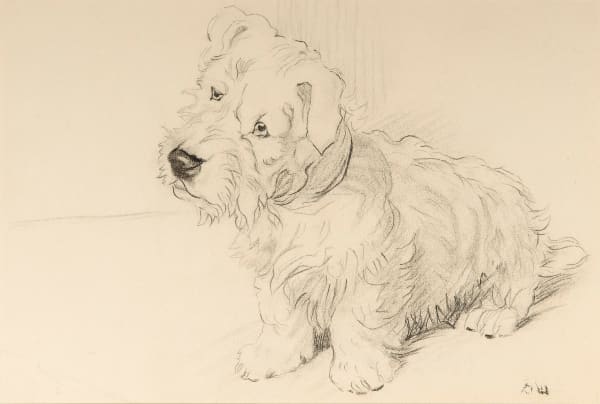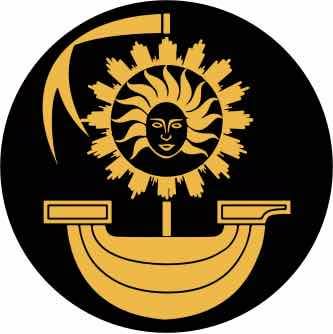-

Joseph Colquhoun Morrison RBA
-

Richard Adams
-

William James Laidlaw Baillie CBE, PRSA, PPRSW
-

Jeremy Barlow ROI
-

William Barribal
-

Paul Seguin Bertault
-

Ron Bone
-

S J Burnett
-

James William Cole
-

Continental School
-

Marjorie Cox
-

Bob Crooks
-

Chris Cummings
-

Stephen T. Dadd
-

Edward Dawson NEAC
-

John Henry Dolph
-

Alfred Duke
-

Beresford Egan
-

John Emms
-

Delphin Enjolras
-

Arthur Ferrier
-

Horace Fisher
-

Joshua Fisher
-

Neville Fleetwood ROI
-

James Fullarton
-

Parastoo Ganjei
-

Anne Gordon
-
Colin Graeme (Roe)
-

Suzanne Daynes Grassot
-

Charles Griffin
-

Karl Hagedorn RBA RSMA NS NEAC
-

Henry James Haley
-

Clifford Hall RBA ROI
-

James Hardy Jnr
-

Helen H Hatton
-

Peter Heard
-

Paul Hedley
-

Mabel Hollams SWA
-

George Frederick Hughes
-

William Henry Hunt OWS
-

Edward Sylvester Hynes FRGS
-

Norman Janes
-

Ronald Jesty RBA
-

Aneurin M Jones
-

Paul Jones
-

K S Kang (Nicks)
-

Pamela Kay NEAC, RCA, RBA, RWS
-

Alan King P.A.I.
-

Brian Lindley
-

Rosie Lippett
-

Orson Byron Lowell
-

Fritz Lowen
-

Alistair MacDonald
-

John Mackay
-

Suzie Marsh ARBS
-

Sylvester Martin
-

Frank Mason RI RBA
-

Sheila Mcinnes
-

Eric Meade-King
-

Giovanni Meschini
-

Austin Moseley RBSA
-

Sir Alfred James Munnings RA
-

Norman Neasom RWS RBSA
-

Ricardo Cejudo Nogales
-

Edward Noott RBSA
-

Michelle Bennett Oates
-

Eric Lo Ohlqvist
-

William Osborne
-

Andrew Painter
-

Edward Robert Physick
-

Nathalie Picoulet
-

Herbert Pizer
-

Doris Pusinelli
-

Sue Read RI
-

Bob Richardson PS
-

Harry Rountree
-

Arthur Charles Shorthouse
-

George Armfield Smith
-

Lionel Percy Smythe RA
-

Peter Sparrey
-

Arthur Claude Strachan
-

Vera Lucy Temple
-

Alan Thompson
-

Arthur Ralph Middleton Todd
-

Sam Toft
-

Charles F Tunnicliffe RA RE ARCA OBE
-

Vera
-

Leslie Moffat Ward RE SGA
-

Arthur Wardle RI RBC
-

Brynolf Wennerberg
-

John Alfred Wheeler
-

Mike Williams
-

David Wright
SIGN UP TO OUR NEWSLETTER
Sign up to our monthly e newsletter to receive complimentary invitations to art fairs, occasional special offers and, of course, all the latest exhibitions and news!



